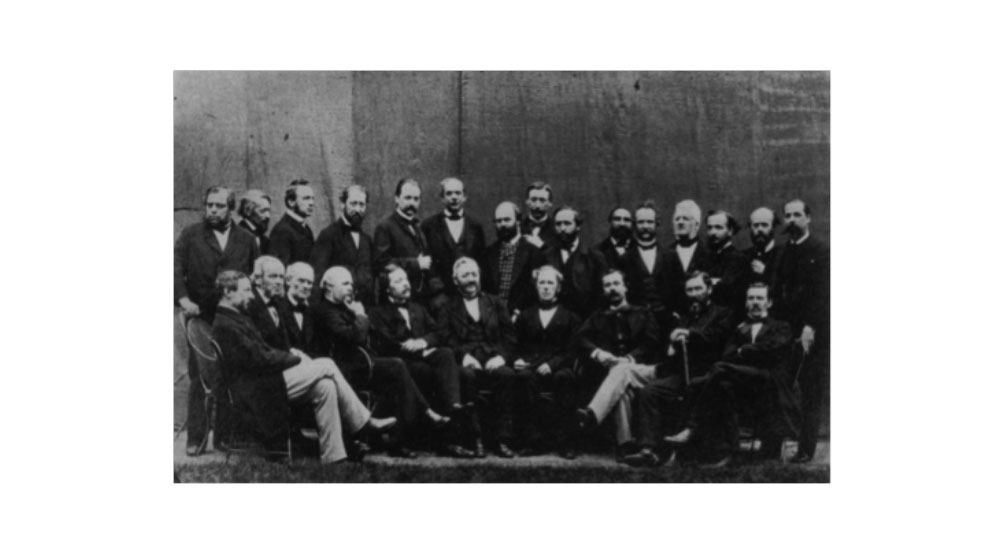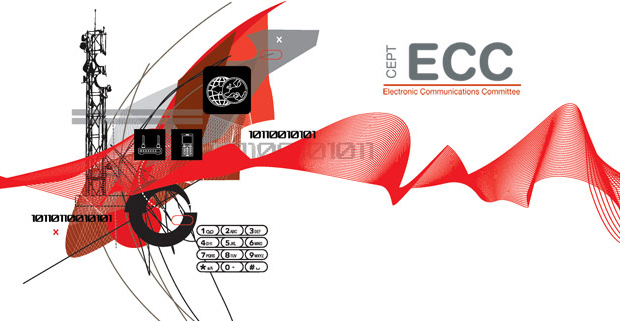ECC Newsletter May 2018
Harmonised dialling codes and their continued importance
In 1840, it took 10 weeks for a written communication from the United Kingdom to reach India and for a reply to be sent back. By 1870, the same message could be sent and a reply received in just 4 minutes via telegram. In today’s parlance we would refer to the technology behind telegraphy as "disruptive".
The effectiveness of telecommunications technology has always been, and continues to be, based on the protocols and standards governing its use. In the earliest days of the telegram problems were encountered where lines crossed national borders. Messages had to be stopped and translated into the particular system of the next jurisdiction. To simplify and streamline processes, regional agreements were forged.
In 1865 representatives of 20 countries gathered in Paris at the International Telegraph Conference to find ways to overcome barriers and make services more efficient. They would create a framework to standardise telegraphy equipment, set uniform operating instructions and lay down common international tariff and accounting rules1.

Early "harmonisers" at the first International Telegraph Conference (Paris, 1865) (Source: ITU)
Since those early days, harmonisation and standardisation initiatives have served the telecommunications industry and society well as technology has evolved and as the uptake of telephony reached mass market. As operator switchboards became redundant and international telephony became completely automated, standard approaches to dialling became essential.
In 1960, the newly formed International Telegraph and Telephone Consultative Committee (CCITT) of the ITU met in New Delhi, India. From that point on, a major effort was made towards formulating and implementing plans for standardised national and international dialling.
Country codes were assigned to countries based on the geographic regions of the world and behind those country codes, national numbering plans were implemented. It also became increasingly apparent that harmonised approaches for accessing certain services were also required, such as directory enquiry services, operator services and emergency services.
Harmonisation initiatives in Europe
In order to place a call, national or international, a prefix was first required to inform the network that a call was going to be initiated. In Europe, "0" was adopted as a national trunk prefix code and "00" as an international prefix code in most countries. Short codes for services were also harmonised such as 112 for emergency services and 118 for directory enquiry services.
CEPT, the European Conference of Postal and Telecommunications, was at the forefront in driving these initiatives. As early as 1972, CEPT adopted Recommendation T S/F 1 which was the first major step to introducing harmonised trunk prefixes and short codes for emergency services, operator services and directory enquiries.
Fast forward to 2018, and it is rare that we find ourselves standing in a telephone box trying to remember the telephone number of a family member, friend or a particular service. If we are not contacting them on social media, we have powerful handsets which contain our address books and the need to actually remember a digit string has become largely redundant. Nevertheless, these harmonisation measures remain critically important for end-users of telephony services even if they are unaware of them.
European citizens can now access emergency services on 112 from anywhere in Europe. Awareness of the number remains low but is increasing with each passing year. Handset manufacturers take account of 112 in designing the handset software, which can give special treatment to an attempt to dial 112 including, for example, by attempting to complete a call to the emergency services from a mobile handset which does not have a valid SIM card. Another example is the road safety initiative eCall, which is largely based on providing connectivity to the single harmonised European emergency number 112.
For international access ("00" in Europe), handset manufacturers have also taken these harmonised codes and implemented them in their handset software. Users can then store numbers in a full international format using "+" as a universal international prefix. So if you are dialling a European number from China, North America or Australia, you do not need to remember to prefix your number with 0, 011 and 0011 respectively. A "+" will do and the handset and the network will take care of the rest.
ECC Decision (17)05 – Harmonised prefixes and short codes in national numbering plans
The ECC's Working Group on Numbering and Networks (WG NaN) recently reviewed all ECC deliverables relating to harmonisation and standardisation of dialling prefixes and short codes. It was apparent that some of the harmonisation measures previously implemented were now redundant such as harmonised short codes for international operator services.
It was also apparent that some deliverables did not take account of current national and European regulatory frameworks, or more recent harmonisation initiatives such as the 6-digit numbering range beginning 116xyz for harmonised services of social value. Critical services, such as a hotline for missing children on 116000, are now available on this short number throughout Europe.
WG NaN decided to consolidate important elements of harmonisation from different deliverables into a single ECC deliverable. As these harmonisation measures are very significant, WG NaN considered that it would be most appropriate to enshrine them in an ECC Decision to ensure that European countries considering changes to their national numbering plans are aware, and can take into account, these harmonisation measures. Following a period of consultation with industry stakeholders, ECC Decision (17)05 was adopted at the 47th ECC Plenary meeting in Lisbon on 02 March 2018.
The Decision requires that four harmonisation measures are retained or introduced as follows:
- The digits "00" as an international prefix;
- The digit "0" as a national trunk prefix;
- The digits "112" as a short code for emergency services
- The 6-digit numbering range beginning 116xyz for harmonised services of social value in accordance with ECC Decision (07)03.
The Decision also recognises the continued importance of directory enquiry services in some national markets and requires that CEPT countries already using short codes beginning with 118 for national directory enquiries continue to do so as long as needed by the market.
These harmonisation measures should continue to serve European citizens well in to the future.
ECC Decision (17)05 is available at the European Communications Office’s Documentation Database - www.ecodocdb.dk.
Freddie McBride, Numbering and Networks Expert, European Communications Office



